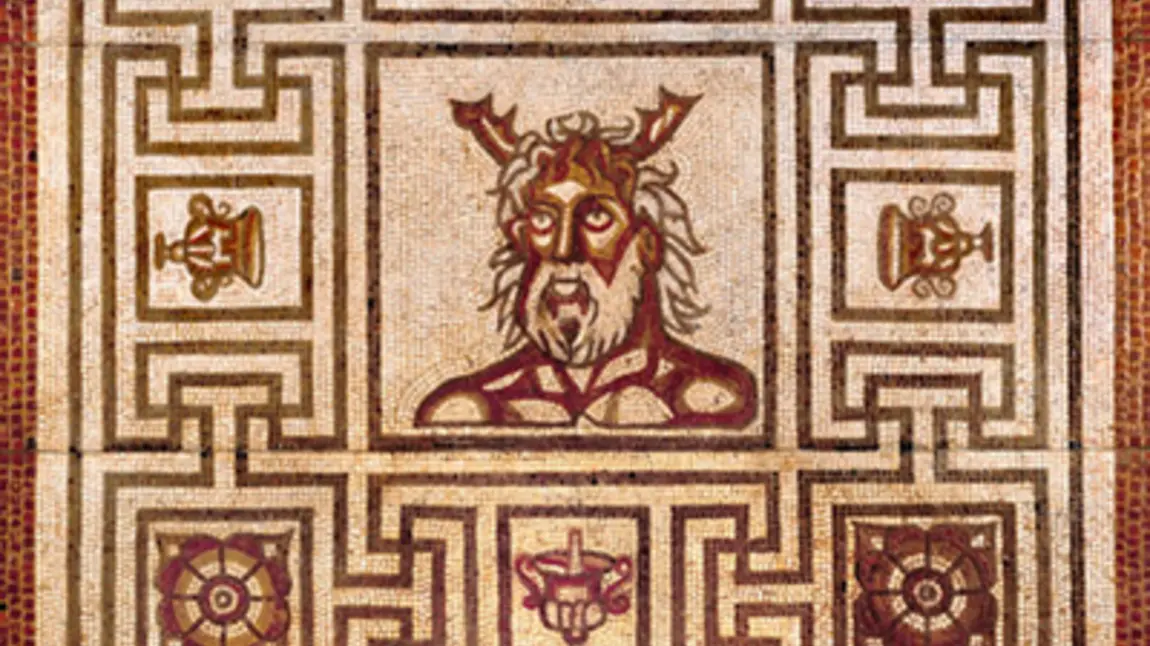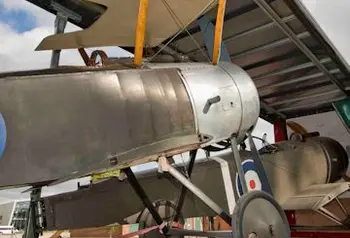From Boudicca to Bribery: 10 facts about St Albans’ new Museum + Gallery

Named after the first British Saint, home to figures such as Stephen Hawking and Stanley Kubrick, here are ten things you may not have known about the historic Hertfordshire city.
1. St Albans was the site for the battle that ended up starting the Wars of the Roses
The battle took place in 1455 but unlike most conflicts in the Wars of the Roses, this major battle took place in the town centre.
2. The oldest object on display in the new musuem and gallery is over 110,000 years old
St Albans has been home to humans since the Stone Age. Hand tools discovered locally have been dated back to when Britain was populated by seasonal hunters who moved around in search of food.
3. St Albans, then known as Verulamium, was burnt down by Boudicca in her rebellion
Verulamium was only one day’s travel from Londinium and soon became a large and wealthy town. The grandest houses in had heated rooms, painted walls and ceilings, intricate mosaic floors, and an upper floor. Some of the best mosaics outside of the Mediterranean can be seen in St Albans.
4. The first text to have been printed in colour was produced in St Albans by a woman named Juliana Berners in the 1480s
St Albans became home to the 3rd printing press in the country in 1479 and printed texts for the University of Cambridge. The Boke of St Albans focussed on heraldry, hawking and hunting and is thought to have been printed by Juliana Berners, the prioress of a local nunnery.
5. St Albans wasn't allowed an MP for over 30 years!
In 1851, a bribery investigation found that most of the votes in an election had been bought and as a punishment the city was disenfranchised for corruption. It wasn't represented again in Parliament until 1885. The courtroom where this case was revealed still stands in St Albans Museum + Gallery, and is one of the last surviving pre-Victorian courtrooms.
6. You can pee in a court cell!
Not anywhere, but in St Albans Museum + Gallery, rooms once used as cells have been turned into toilets. Defendants would have been held in the cells before being tried in the courtroom above. Visitors will be able to trace their footsteps all the way to the dock.
7. Some of Transport for London’s most iconic posters were printed in St Albans during the 1920s and 30s
So many of London’s printers moved to St Albans that one area in the city earned itself the name Fleetville.
8. One of the objects on display is half a lion called Arthur
Members of the public can nominate objects to be displayed in the St Albans On Demand gallery, and one volunteer nominated Arthur. One of the more unusual items in the collection, he was once displayed under the stairs at a previous museum in St Albans that now no longer exists.
9. The new basement gallery was hand-excavated
During the excavation to create a new gallery in the basement of the Georgian Town Hall, various archaeological treasures were uncovered, including a 14th-century shoe.
10. Henry VIII’s military adviser had a helmet and armour made specifically for his own funeral
After the dissolution of the monasteries, Sir Richard Lee was granted land in St Albans, where he built Lee Hall, the ruins of which can still be seen today. Visitors can see the Tudor helmet and chainmail he ordered be displayed at his funeral in the permanent exhibition: The City that went Uphill.
